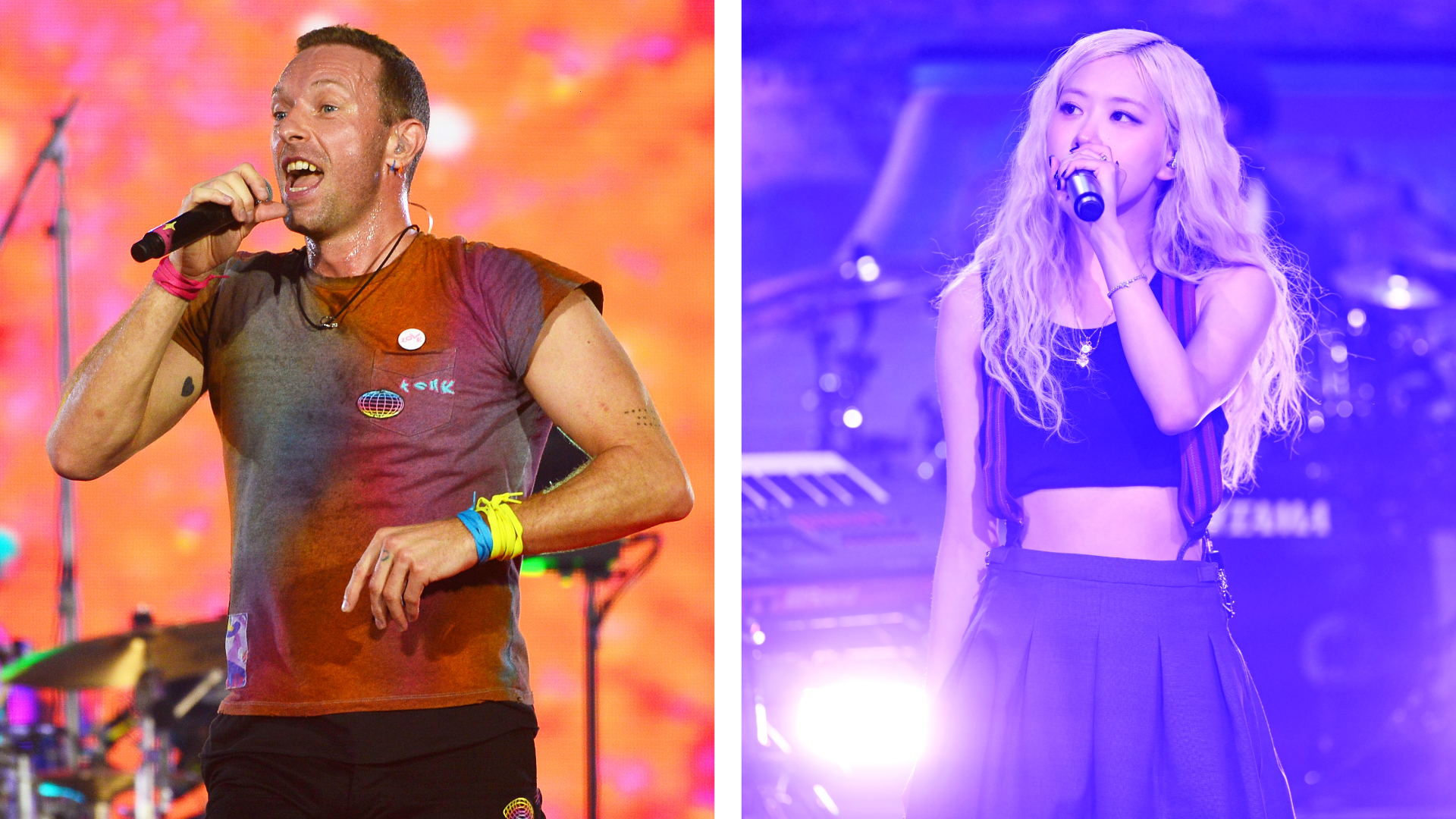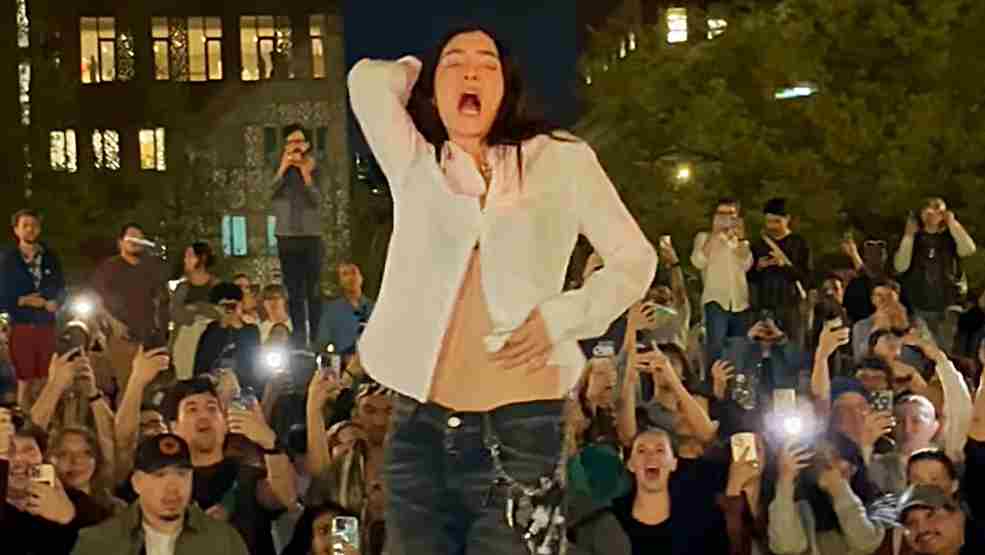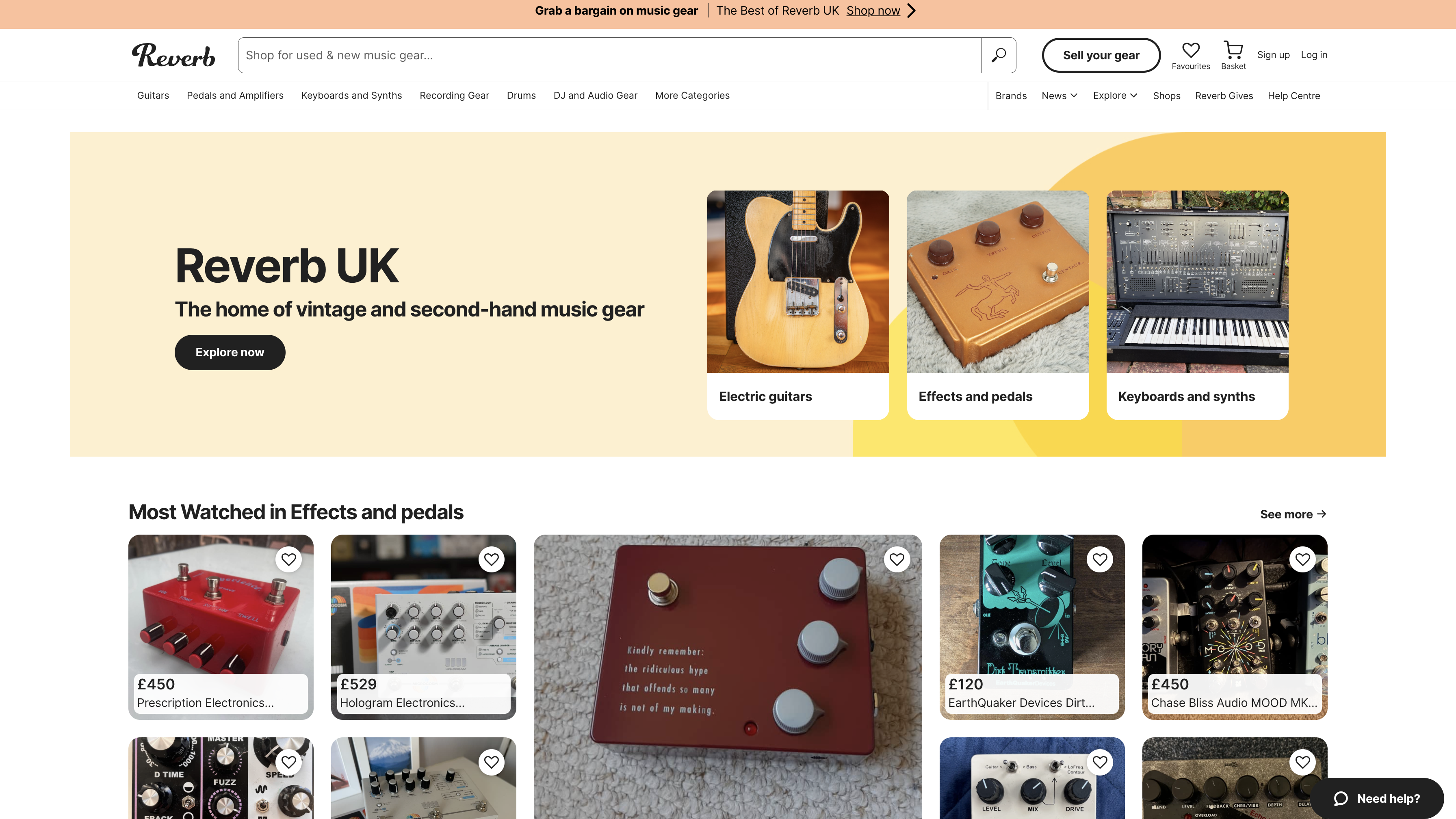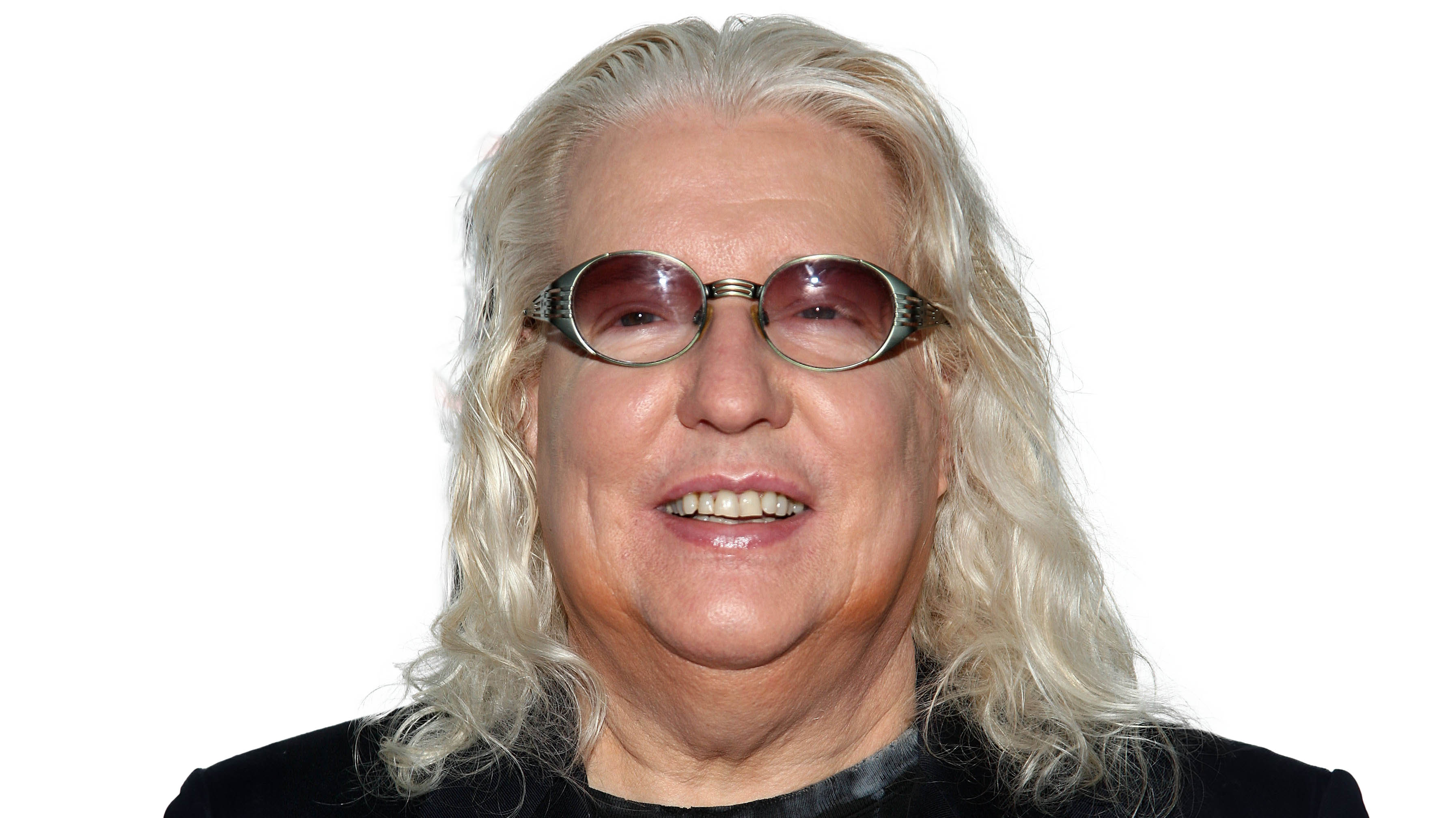“I used it to show people that the way they were portraying me wasn’t breaking me": How Taylor Swift created a self-empowering pop classic
"I had more fun writing it than any song I’d written before”

It’s 20 years since Taylor Swift signed her first record deal and it’s hard to think of an artist who has so consistently and adeptly melded raw creative talent with business prowess.
Ever since her parents moved the family to Hendersonville, Tennessee in 2003, to help their daughter break into the country music scene, Swift has blazed a trail through the music industry to become one of the biggest stars in the history of popular music.
The commercial achievements alone are staggering. Swift is one of the world’s bestselling musicians, setting a record for releasing seven albums that each moved one million copies in the first week. She is also the highest-grossing touring artist, the first billionaire from music primarily and the world’s richest female musician.
What’s more, she has done it on her own terms, championing the value of music as art, rather than a commodity. “Music is art, and art is important and rare,” Swift told the Wall Street Journal in 2014. “Valuable things should be paid for. It is my opinion that music should not be free.”
In 2014, Swift famously pulled her entire back catalogue from Spotify, citing low royalty payments for artists as the reason. Three years later, Swift put her music back on streaming services, including Spotify, as a “thank you” to her fans, but her point had been made.
Throughout her career, Swift has also been renowned for her continuous reinventions, effortlessly shifting genres and styles without alienating her army of fans, a following that amounts to over 100 million people and which, according to a survey in Forbes magazine in 2023, encompasses 53 per cent of the entire adult population of the United States.
Swift’s first major reinvention occurred in 2014, ten years into her career, with the album 1989, a release that takes its name from the year of her birth. After a decade spent living in Nashville, Swift created an album that was light years away from the pristine country crossover sound with which she had made her name.
Get the MusicRadar Newsletter
Want all the hottest music and gear news, reviews, deals, features and more, direct to your inbox? Sign up here.
1989 is a big, brave electropop album with powerful hooks and inspiration drawn directly from ’80s synth pop. Swift cited Peter Gabriel and Annie Lennox as particular influences on the album - and the synths, programmed drums and processed electronic backing vocals are a symbolic shift from the acoustic instruments that had pervaded her country-inspired sound to that point.
There are numerous high points across the 13 songs on the 1989 album, which yielded some big singles – bold, glossy and in-your-face productions such as Shake It Off, Style and Bad Blood.
But the song that is frequently regarded by critics and fans as the best track on 1989 is the second single, Blank Space. It’s a standout track on the album and the song that cemented Swift’s transition from country to pure pop. It’s also a song that would become one of the biggest hits of the decade.
In March 2014, six months before the release of the 1989 album, Swift moved from Nashville to New York City, a move that would trigger a whole new aesthetic and fresh creative ideas.
In a complete break from her previous recordings, Swift brought in Swedish producer and songwriter Max Martin as co-executive producer on the 1989 album.
Martin had risen to prominence in the 1990s with a string of hit singles such as Britney Spears’ … Baby One More Time (1998), Backstreet Boys’ I Want It That Way (1999) and Celine Dion’s That’s The Way It Is (1999).
Martin has written 27 No. 1 singles in the Billboard Hit 100, 25 of which he has produced or co-produced.
Swift co-wrote Blank Space with Martin and another Swedish record producer, Karl Johan ‘Shellshack’ Schuster. Like Martin, Schuster had an impressive list of hits to his name, by artists such as Pink, Ariana Grande, Adele, Avril Lavigne and Usher.
Swift reportedly began writing Blank Space in February 2013, just before she embarked on a major tour to promote her fourth album Red.
By this point in her career, her personal life was attracting intense media coverage. Details of her relationships, particularly her short-lived romance with English singer Harry Styles, generated huge tabloid coverage and impacted negatively on Swift’s reputation.
Hurtful and hateful comments appeared on social media, which among other things criticised Swift for being a serial dater and of cultivating an image that was too perfect.
Blank Space was a direct response to such comments and a chance for Swift to address such criticism. Writing the song would prove a cathartic process.
“I had more fun writing Blank Space than any song I’d written before,” Swift told Billboard in November 2019. “I had, over time, compiled lists of lyrics, zingers, and potential Twitter comebacks to criticisms and jokes people had made at my expense. When I finally came up with the chorus and hook for the song, I just went through that list on my phone and one by one slotted them into the song.
“It was the first time I had ever used songwriting as a humorous coping mechanism for an overly harsh depiction of me in the media, but it wouldn’t be the last.”
The result is a song that is sharp, savvy and humorous, with Swift creating something positive and witty in response to the negativity aimed at her in the tabloids and on social media.
The wry one-liners that Swift jotted down on her phone are evident in the lyrics, lines such as: “You look like my next mistake”; “Love’s a game, wanna play?”; “I can make the bad guys good for the weekend”; and “Darling, I’m a nightmare dressed like a daydream”.
These lyrics are set against a track that is so immersed in space that it is almost skeletal. Blank Space is an apt title for the song, with its shimmering synths that nod to mid-’80s MTV yet are sonically more akin to the late ’90s sound of artists such as Britney Spears.
As with all the best songs, this one is blissfully simple, a F-Dm-Bb-C chord sequence for the verse and a F-Dm-Gm-Bb sequence for the chorus. Lines pop out and lodge in the memory and there’s an impeccable rhythmic quality to her vocal phrasing.
A minimal hip-hop-style beat intros the track, with a crisp, toppy snare and an easy, loping 96 bpm tempo, before Swift’s vocals enter the mix.
At its core. Blank Space is an impeccably crafted pop song. Not for nothing has Swift racked up twelve No.1 singles and been praised for her songwriting and musicianship by artists such as Carole King, Madonna, Bruce Springsteen, Dolly Parton and Elton John.
The arrangement for Blank Space is minimalist and the song is brimming with memorable hooks, a testament to Swift’s songwriting prowess and proof that, no matter what the genre or style, she is a songwriter who is up there with the very best.
Throughout her career, Swift has made a name for herself via her autobiographical storytelling, channelling everyday issues and concerns that resonate with her legions of fans or ‘Swifties’. But as journalist Kate Atkinson wrote in Billboard in November 2019, Blank Space “utterly dismantled and then re-engineered the media’s perception of [Taylor Swift] as a serial dater with a musical track record of kissing-and-telling”.
On Blank Space, wrote Atkinson, Swift was commenting on her own public narrative by consciously framing it in real time through song, “setting the standard for a new, self-aware pop star in the 21st century”.
This was a view reinforced by Swift herself in an emailed response to Billboard, featured in Atkinson’s piece in November 2019.
“In reality, I was a 24-year-old young woman who was meeting people and dating the way everyone should be allowed to,” wrote Swift, “but because I’m also a songwriter and in the public eye (and because this was five years ago when the conversation around double standards against women was less of a mainstream argument), people were allowed to shame me, joke about me, and make me feel like I was doing something wrong.
“I used Blank Space as a way to show people that I knew what they were saying, and that the way they were portraying me (a serial man eater, volatile, dramatic, petulant, immature) wasn’t breaking me… it was actually an inspiring character they had drawn up.
“Was it factual or autobiographical? No. Was it a way for me to show strength by turning a scarlet letter into a fashion accessory? Absolutely.”
Blank Space was released on 10 November 2014 and became one of the best-selling singles of 2015, topping the charts in Australia, Canada, Iceland, Scotland, South Africa and the US.
It spent seven weeks in the No.1 slot on the Billboard Hot 100 and was certified eight times platinum.
The music video for Blank Space, directed by Joseph Kahn, would become the first music video to top one billion views on YouTube and went on to rack up three billion views on the platform by 2022, yet another milestone in the unique trajectory of Taylor Swift.
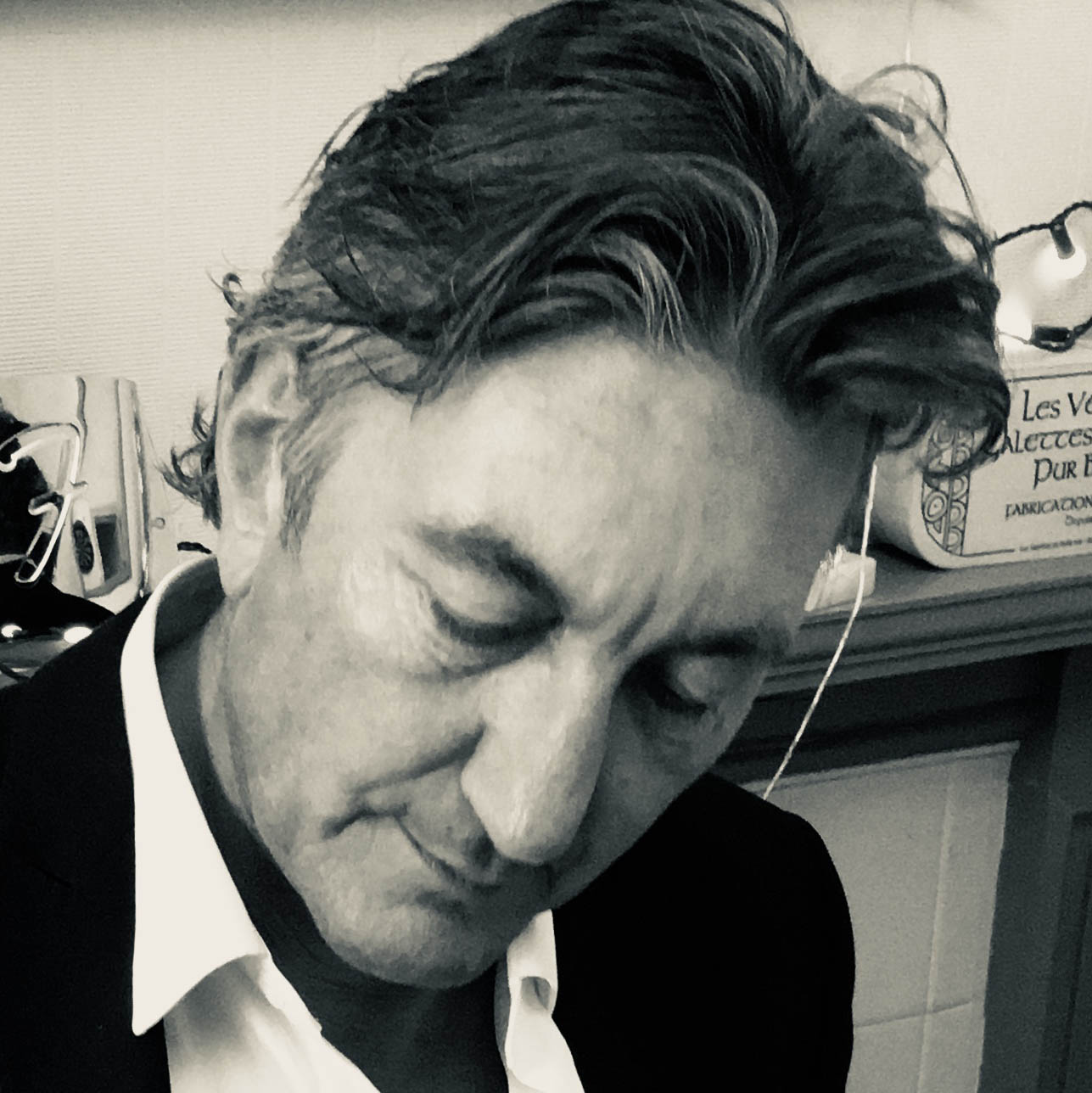
Neil Crossley is a freelance writer and editor whose work has appeared in publications such as The Guardian, The Times, The Independent and the FT. Neil is also a singer-songwriter, fronts the band Furlined and was a member of International Blue, a ‘pop croon collaboration’ produced by Tony Visconti.
“OMG the cops are shutting us down!”: Lorde’s impromptu New York Washington Square Park gig just got axed by police
“If they were ever going to do the story of Nero, probably the most decadent of all the emperors, they would have to use Roy Thomas Baker”: Tributes to the legendary producer of Queen, Alice Cooper, Journey and more, who has died aged 78

